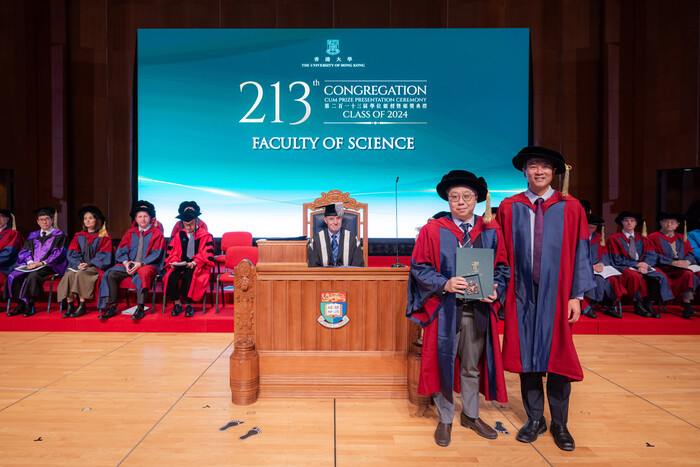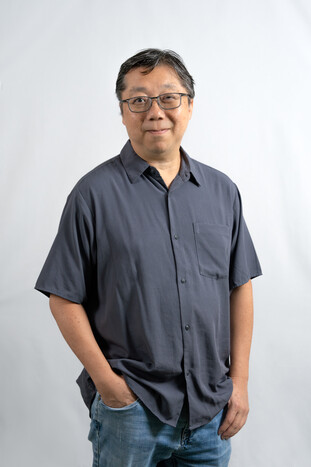FACULTY AWARD
Faculty Knowledge Exchange (KE) Award 2024


Professor Francis Chi Chung LING
Associate Professor, Department of Physics
High-efficiency power electronic devices require both low power loss and high-power density. Silicon carbide (SiC), an advanced semiconductor featured in the National 14th 5-Year Development Plan, offers outstanding physical properties for fabricating high-power devices like electric vehicles and ultra-high voltage transmission. Since SiC devices reduce energy loss by 70% and are 80% smaller compared to traditional silicon power devices, the demand is increasing, as evidenced by the global SiC market, valued at USD 3.3 billion in 2023 and projected to reach USD 15.3 billion in 2029, with an annual growth rate of 30%.
Atomic scale defects in semiconductors are tiny imperfections that significantly affect electrical conductivity and device performance. Defect engineering involves eliminating harmful defects and introducing beneficial ones to enhance material properties. Professor Ling has been investigating SiC defects since the early 2000s, making significant progress from 2017 through collaboration with the Alpha Power Solutions (APS) in Shanghai to address defects affecting SiC device performance. This partnership evolved into the project ‘Developing and commercialising the SiC power devices and modules for the electrical vehicle applications’ funded by the Key-Area Research and Development Program of Guangdong Province. The initiative involves contributions from several institutions, including The University of Hong Kong, APS Shanghai, Infypower Shengzen, Tianyu Dongguan, Fudan University and Guangdong University of Technology.
In the SiC industry, the common practice for activating p-dopants and eliminating atomic scale defects is to perform post-aluminum implantation annealing at temperatures above 1800oC. However, Professor Ling and his team, including Research Assistant Sihua LI and PhD students Tianxiang LIN and Lok-Ping HO, discovered two critical issues. Firstly, annealing above 1800oC fails to remove defects completely and creates carbon vacancies; and secondly, contrary to previous beliefs, the leakage current of SiC diode primarily originates from Poole-Frenkel emission resulting from these vacancies, not tunnelling current. These findings offer a new perspective on the mechanisms behind SiC diode leakage.
To address these challenges, Professor Ling’s team, in collaboration with APS, developed a new process involving annealing at a lower temperature of 1700oC for a longer duration. They also introduced a sacrificial oxide layer that generates carbon interstitials, which fill the vacancies, reducing leakage current by over 30 times and enhancing device performance. This breakthrough process has been adopted by APS for the mass production of commercial SiC devices. To date, 20 million SiC device units have been manufactured, having the economical value of HKD 100M.
By integrating academic research from Hong Kong with industry expertise from the Mainland, this collaboration has not only advanced SiC technology but also demonstrated the power of joint efforts in driving technological innovation and commercial success. This exceptional contribution has rightfully earned Professor Ling this award, reflecting his commitment and dedication to excellence in the field.

